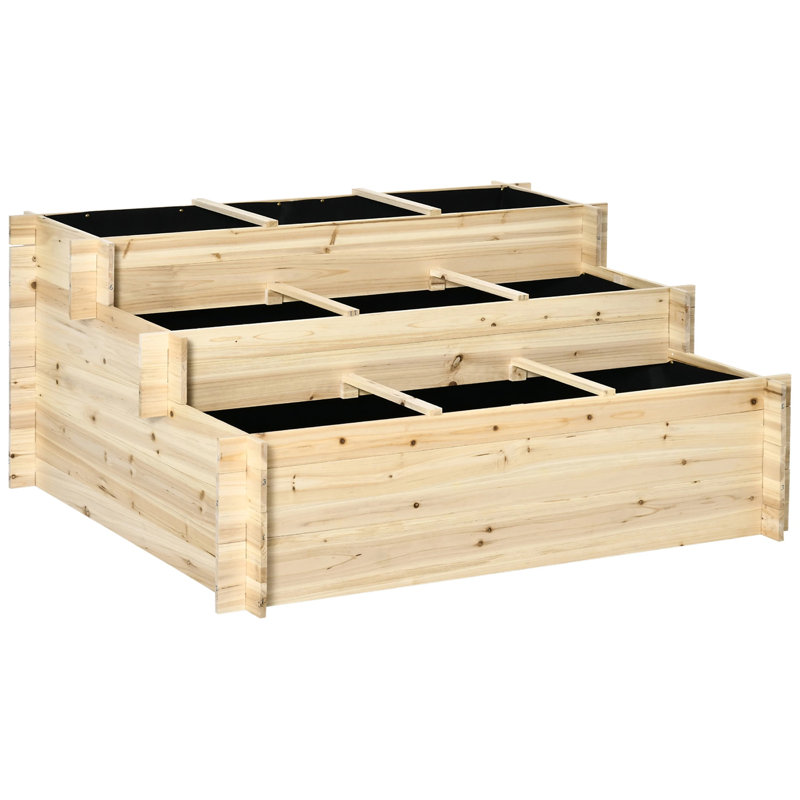5 Common Decking Mistakes Landscapers Say You’re Probably Making — And How to Fix Them
Decking can make a beautiful addition to your outdoor space, but only if it's laid, maintained, and designed properly
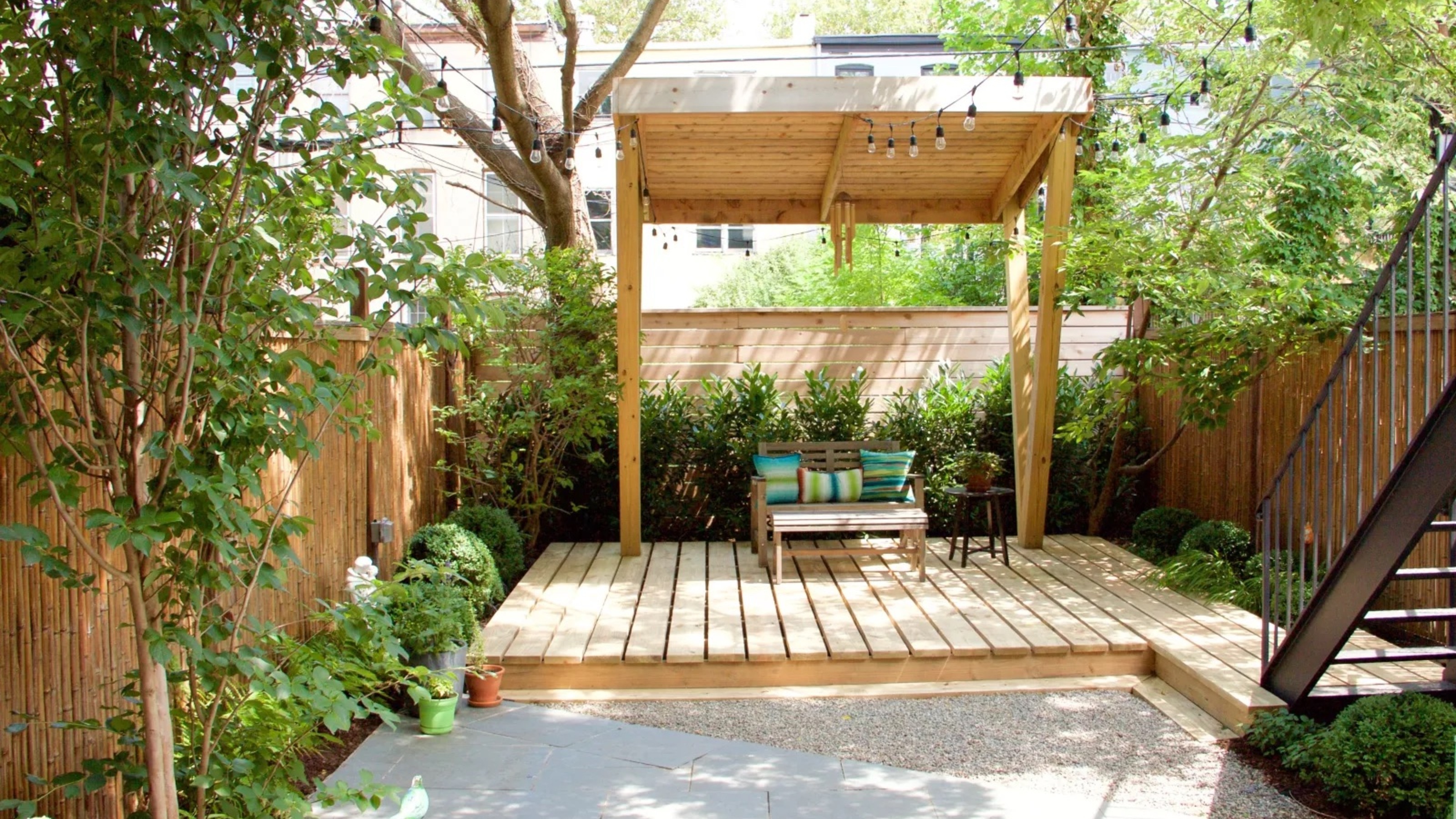

There's no denying that decking is a great way to zone your garden. The perfect place for a cozy seating arrangement or an outdoor kitchen, a deck often bridges the gap between outdoors and in, allowing us to truly make the most of our backyards. And yet, there's a host of design mistakes you're probably making that could be bringing your entire deck down without you even realizing it.
Decking ideas can make a beautiful addition to our backyards, but only if they're done properly. The potential for mistakes is threefold: first, there are the technical mistakes you make during installation (laying the boards down incorrectly, for example); second, there are aestehtic faux pas (like making your deck a disproportionate size); and finally, there are the mistakes your making during maintenance (such as failing to restain regularly enough). In short, plenty of pitfalls, but no room for error.
The list of decking mistakes could go on indefinitely, but to keep things brief, we've asked designers and hardscapers to narrow down the list to the most common. (We hate to break it to you, but there's a high likelihood you're making at least one of them.) For a desirable deck that's deserving of designer approval, here are the common decking mistakes to avoid and how to fix them.
1. Decking That's Too Small for the Space
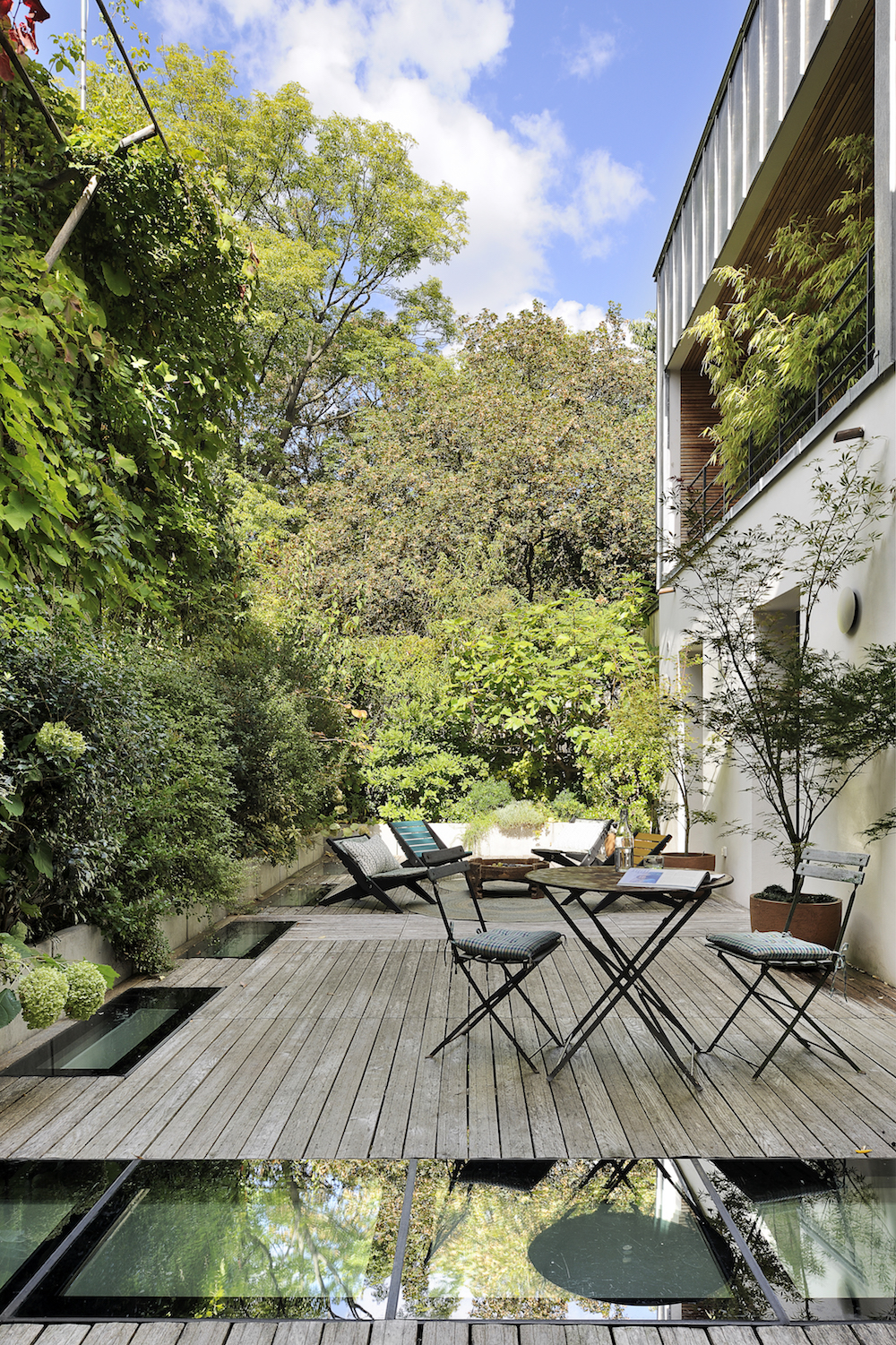
THE FIX: Don't be afraid to stretch your deck out if space permits it, and always make sure the design is proportionate to the rest of your garden.
First off, from a design perspective, don't make the mistake of choosing decking that's too small for your backyard. "It’s tempting to shrink a deck to 'just what’s needed,' but undersized decks can feel awkward and cramped — especially when furniture is added," explains Katherine Aul Cervoni, landscaper and founder of Staghorn NYC.
To ensure your garden landscape looks proportionate, ensure the deck is relative to the rest of your space. If you're lucky enough to have a sprawling lawn, be generous with your deck (and vice versa). Katherine emphasizes the importance of sizing with real use in mind. "Tape out your furniture layout on the ground first to ensure there's comfortable circulation around dining tables, lounge seating, or planters," she suggests.
Don't be afraid to bring decking right up to garden borders or flower beds either, as this can help soften the edges of your space so that your decking looks less harsh.
2. Miscalculating Your Materials

THE FIX: Be on top of your planning A-game and measure everything accurately if you want to avoid costly mistakes down the line.
Decking materials don't come cheap, so you'll need to make sure you plan efficiently. According to Joe Raboine, Vice President of Design at Oldcastle APG, one of the most common errors people make is miscalculating their materials. "With decking, or nearly any outdoor material, it’s easy to miscalculate how much you need to complete your project," he says. "If your measurements are even slightly off, you may wind up ordering less material than you need."
The Livingetc newsletters are your inside source for what’s shaping interiors now - and what’s next. Discover trend forecasts, smart style ideas, and curated shopping inspiration that brings design to life. Subscribe today and stay ahead of the curve.
As Joe points out, you should be able to find the additional material relatively easily, but it will add to your total cost. "This may be impactful if you're trying to stick to a budget," he says. It should go without saying, but if you're planning to install a new deck, plan your project first. It's easy to get swept up in the design and layout, but make sure you account for every inch when ordering all the necessary materials for the job.

Katherine 'Kat' Aul Cervoni is the founder and principal of the landscape design firm, Staghorn NYC, as well as the home-gardening blog The Cultivation. With a passion for helping people reconnect with nature in their everyday lives, Kat designs outdoor spaces that function as natural extensions of the home. Her work emphasizes low-maintenance, sustainable plantings —especially native species — that offer long-term beauty and ecological value. Kat’s design approach balances seasonal interest with practical, livable spaces that invite daily use and year-round enjoyment.
3. Incorrect Spacing Between Boards

THE FIX: Always leave a 1/8 to 1/4-inch gap between boards to allow for expansion in wet, damp weather.
When installing garden decking, certain mistakes straddle both aesthetic and functional aspects of the design. One of those is using the incorrect spacing between each board. "Deck boards need a 1/8 inch or 1/4inch gap between them to allow for expansion and drainage," says Thomas Borcherding, Owner and Lead Designer at Homestar Design Remodel.
To avoid water damage, instability, and a general "off-kilter" appearance, it's important you space your decking evenly and consistently. Thomas notes that for manufactured deck boards such as composite, the gap requirement may differ, but general guidance on spacing remains the same. "It’s always a good idea to check the manufacturer’s installation documentation," Thomas adds.
4. A Lack of Slope
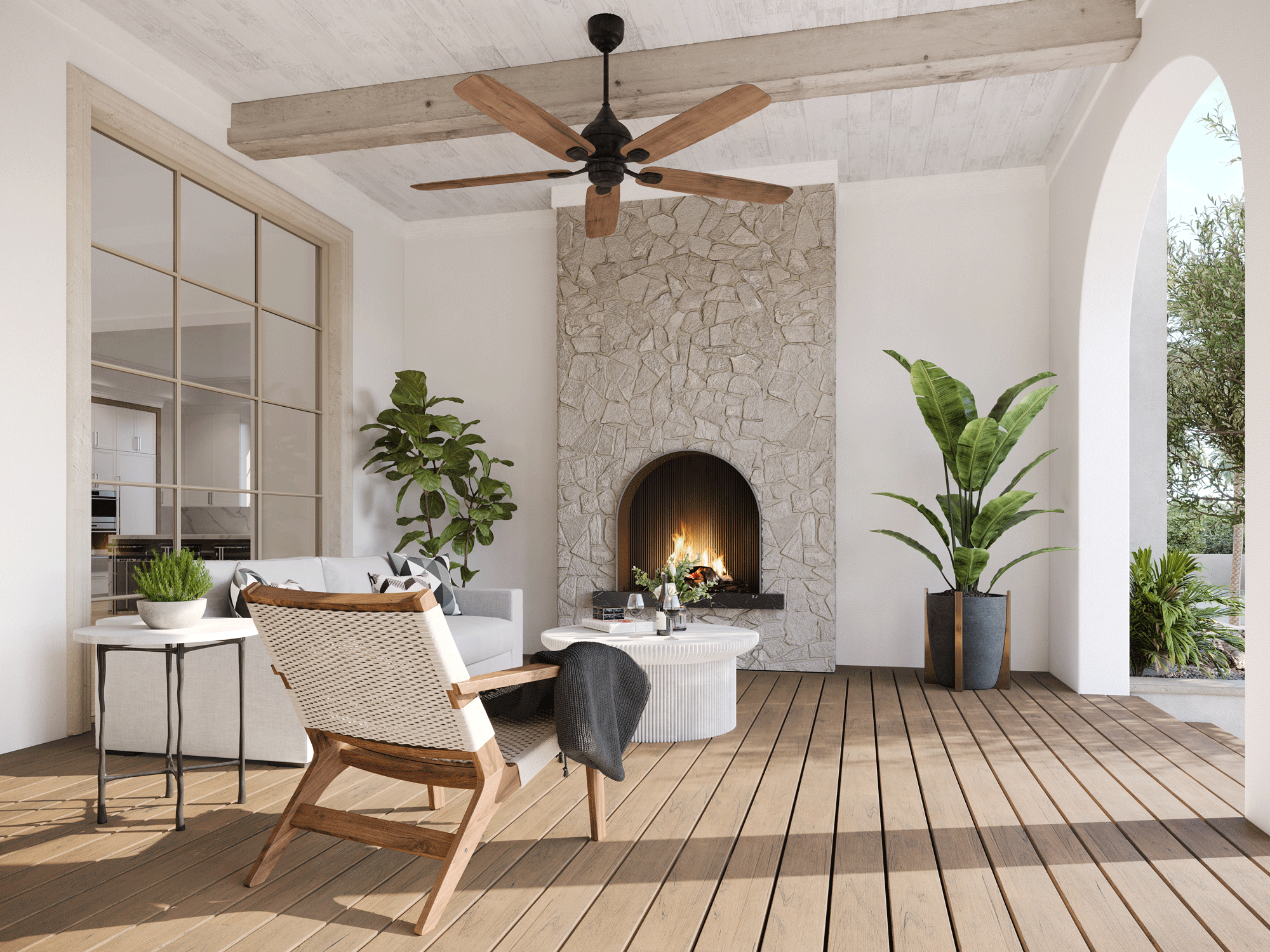
THE FIX: Ensure your decking gradually slopes away from your home so that water can run off.
One of the main downsides of decking versus a patio? Timber is susceptible to water damage. That's why it's vital that you slope a deck during installation to allow for water runoff. You'd be forgiven for thinking you need a perfectly level deck, but without a gentle pitch, there won't be adequate drainage.
"A proper deck will feature a 1/8 inch-per-foot slope to allow proper water drainage away from the house and off the deck," explains Thomas. "As you can imagine, this takes a skilled carpenter to accomplish, and for this reason, deck drainage is often lacking."
To avoid any future drainage problems, it's always best to enlist the help of a professional during the installation of your deck. If you're determined to complete the project yourself, be sure to incorporate a slope into the deck frame during construction by adjusting the height of the posts or beams. It's also a good idea to use a waterproof membrane to further protect against water damage.

Joe Raboine is the vice president of design at Oldcastle APG, a parent company of Belgard. Oldcastle APG is part of one of the largest global networks of manufacturers in the architectural products industry.
5. Forgetting to Soften With Planting
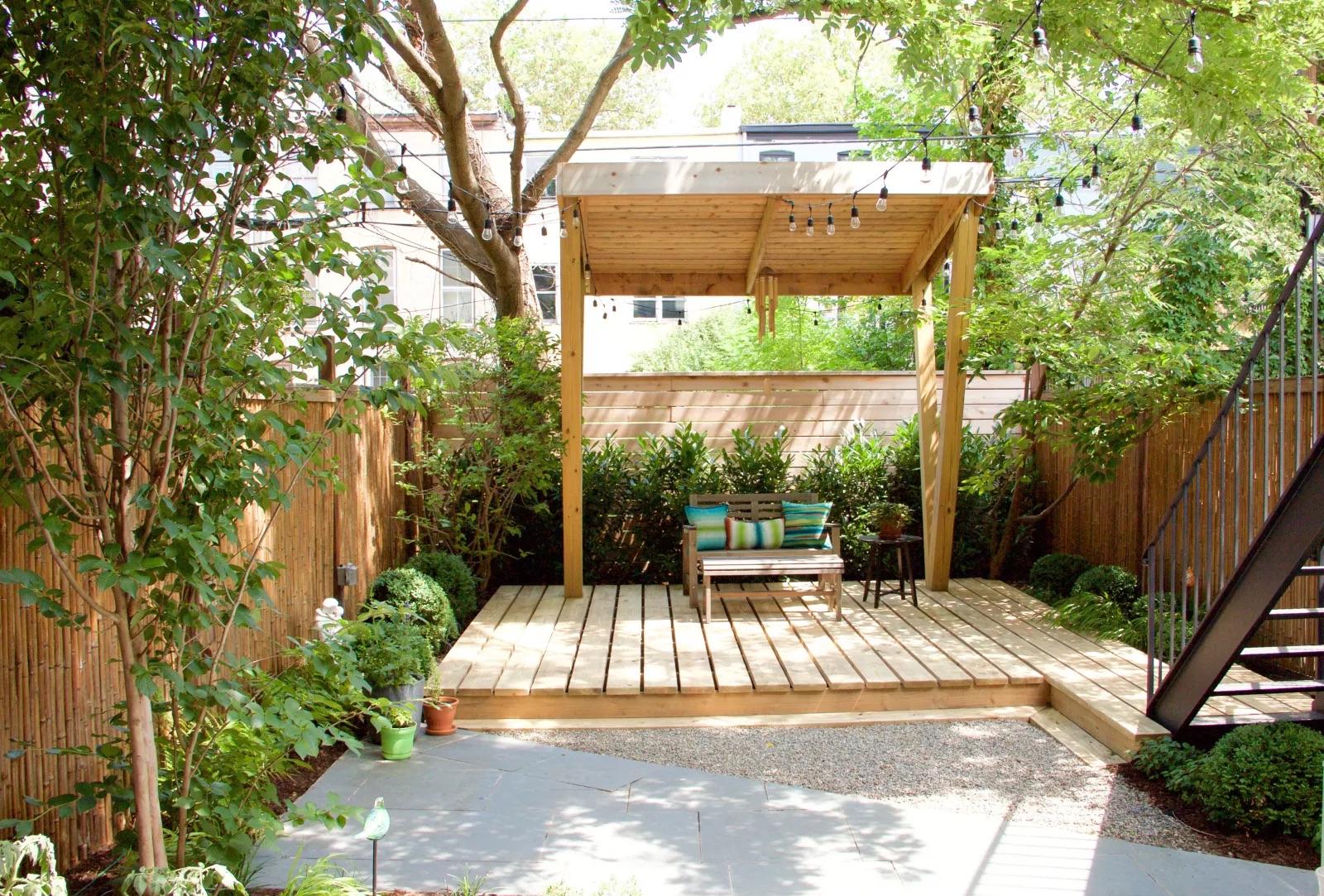
THE FIX: Adding greenery in nearby borders, or foliage that climbs a pergola, will prevent your deck from looking overly stark and incongruous.
Ever noticed how a brand-new deck tends to look harsh and incongruous against the backdrop of a beautiful garden? A mistake homeowners often make is failing to soften the landscape with deck planting ideas. "Bare decks can feel exposed and hard-edged, especially in more minimalist designs," says Katherine.
To remedy this, she recommends incorporating planters, railing boxes, or built-in beds around the perimeter. "Even small pockets of green can ground the structure and add seasonal softness," she says.
As well as staining or painting a deck for an even coloring, it's also worth paying attention to the finer details to ensure your deck has a polished finish. "A single-tone deck with no trim, mitering, or detail can read flat or overly uniform," Katherine explains. "Be sure to introduce contrast through trim boards, inlays, or a different material for steps and fascia. A change in texture or tone can subtly elevate the look without complicating the palette."

Owner & Lead Designer of Homestar Design Remodel, a residential remodeling contracting firm with in-house design services, material procurement, and installation. Thomas is a professional home remodeler, with expertise in kitchen and bath design.
FAQs
What Is the Correct Way Up for Decking Boards? (And Does the Position Really Matter?)
Whether you're laying wood or composite decking boards, a particular side is always meant to face up. The general rule of thumb is that the ridge side faces down.
"For wood, the correct face is usually the side with the growth rings curving downward (like a frown). This helps minimize cupping and allows water to shed more efficiently," says Katherine. "For boards with grooves or textures, manufacturers often specify which side should face up — especially for composites." If in doubt, always double-check the installation guides of your specific materials.
It's easy to dismiss the position of your boards when you're caught up in the stress of installation, but it's vital you lay them the right way up. "Placing boards the wrong way up can lead to faster water retention, premature warping, or even slipping hazards," says Katherine. "The correct orientation, on the other hand, improves drainage, ensures better grip underfoot, and helps the deck age more gracefully — especially in climates with freeze-thaw cycles or intense sun exposure."
If you want a beautiful backyard, don't fall victim to these common decking mistakes. From errors with installation to disregarding thoughtful design, there are so many pitfalls that can prevent your deck from living up to its potential, so be sure to steer clear of the mistakes above. With that out of the way, you can turn your attention to making your deck feel more private for the perfect little oasis right on your doorstep.

Lilith Hudson is a freelance writer and regular contributor to Livingetc. She holds an MA in Magazine Journalism from City, University of London, and has written for various titles including Homes & Gardens, House Beautiful, Advnture, the Saturday Times Magazine, Evening Standard, DJ Mag, Metro, and The Simple Things Magazine.
Prior to going freelance, Lilith was the News and Trends Editor at Livingetc. It was a role that helped her develop a keen eye for spotting all the latest micro-trends, interior hacks, and viral decor must-haves you need in your home. With a constant ear to the ground on the design scene, she's ahead of the curve when it comes to the latest color that's sweeping interiors or the hot new style to decorate our homes.


